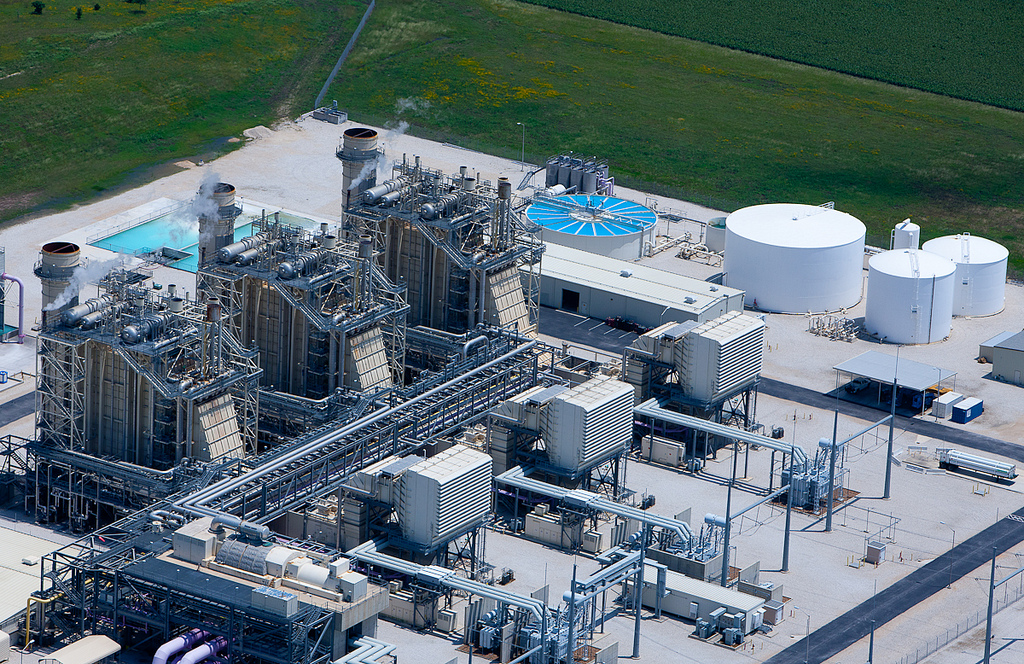 Electricity prices will likely rise as companies shutter aging coal plants rather than pay to meet new federal clean air standards, an Associated Press story in the San Antonio Express-News warned recently.
Electricity prices will likely rise as companies shutter aging coal plants rather than pay to meet new federal clean air standards, an Associated Press story in the San Antonio Express-News warned recently.
When the Supreme Court upheld the Environmental Protection Agency’s Cross State Air Pollution Rule in late April, utilities in 28 states scrambled to figure out how the ruling would affect operations and the bottom line.
CPS Energy didn’t have to scramble.
Thanks to a series of proactive decisions and an overall strategy that moves toward lower emitting generation sources, San Antonio’s city-owned utility is in a good position to meet the EPA’s rule.
“We are relying more on natural gas, and we’re adding to our renewable and efficiency programs to make up the difference,” Lisa Lewis, vice president of communications and media relations told the Express-News.
 CPS Energy bought the Rio Nogales combined cycle natural gas plant in 2012 to take advantage of historically low natural gas prices and to reduce emissions.
CPS Energy bought the Rio Nogales combined cycle natural gas plant in 2012 to take advantage of historically low natural gas prices and to reduce emissions.
Since CEO Doyle Beneby’s arrival in 2010, he has emphasized the economic value of reducing the carbon intensity of the fleet, as he warned of the additional federal regulations now coming to pass.
That has meant adding natural gas, wind and solar power, using ultra low sulfur coal and adding emission control measures to existing coal plants.
Beneby also decided that rather than spend up to a half a billion dollars on additional emission controls at CPS Energy’s two oldest coal units, they should be retired early, by 2018. The move freed up that capital to be spent on natural gas, wind and solar.
“Utilities that made that decision (to close aging units rather than expensively retrofit them) are happier today,” said Rob Barnett, a senior energy economist with Bloomberg Government. “Coal just has a lot of compliance risk, and there’s only going to be more.”
Utilities like CPS Energy which are transitioning to natural gas “naturally hedges them against policy risk,” Barnett said, noting that utilities with nuclear power are also better positioned in the face of new regulation. CPS Energy owns a 40 percent stake in the South Texas Project nuclear operating facility.
The EPA issued its cross state air pollution rule in 2011, requiring significant reductions in emissions from power plants in states in the eastern half of the U.S that contribute to “downwind” ozone or fine particle pollution in other states.
In August 2012, the U.S. Court of Appeals for the D.C. Circuit vacated the rule in its entirety, after challenges from several states, including Texas. The Supreme Court then reversed the D.C. Circuit’s ruling, holding that EPA reasonably interpreted the Clean Air Act when it issued the cross state air pollution rules.
According to the Wall Street Journal’s story on the ruling:
The regulation stands to affect about 1,000 power plants in the eastern half of the U.S. that may have to adopt new pollution controls or reduce operations. The decision could further threaten the viability of some aging coal plants, which already face other market and regulatory pressures.
…
The ruling may be felt most acutely in Texas, where Luminant, a large power firm owned by Energy Future Holdings Co., has said it would have to shut down two coal-plant units if the pollution rules went into effect, and might have to spend $1.5 billion to install pollution-control equipment at other plants.
The rule focuses on reducing emissions of nitrogen oxides and sulfur dioxide, both of which are associated with higher rates of heart attacks and respiratory illnesses.
CPS Energy has invested $253 million in emission control measures and environmental enhancements at its coal units since 1997, including $65 million on selective catalytic reduction at Deely 2 for NOx reductions, $55 million on system NOx reductions, $9 million to upgrade the SO2 Scrubber on Spruce 1 when Spruce 2 came online to reduce SO2. CPS Energy further reduced SO2 by using ultra low sulfur coal at Deely, starting in 2012.
With those and other controls in place, CPS Energy has reduced NOx emissions since 1997 by 70 percent and has reduced SO2 by almost 40-50% since 2011. That’s more than 23,000 tons of nitrogen oxides and approximately 10,000 tons of sulfur dioxide not being pumped into the air.
“CPS Energy is committed to providing electrical power and gas services to our customers in an environmentally responsible manner, and has long invested in the environmental practices necessary for the well-being of our community, our business and our employees,” wrote Kim Stoker, CPS Energy’s director of Environmental and Sustainability, last October after the new carbon rules were announced.
Additional carbon regulations, which would affect existing power plants, are expected sometime in 2014, and these may have a greater impact on CPS Energy’s coal plants. Stoker and her team are actively monitoring and offering input where appropriate as these new rules are formulated.
